Chinese white face makeup, also known as Tang Dynasty Makeup, holds a significant place in the traditional Chinese culture.
The practice of painting one’s face white has a long history and carries deep cultural symbolism.
In this article, we will explore the reasons behind Chinese women painting their faces white and Mulan white face in Disney movie.
Chinese White Face Makeup Name
Throughout history, there has been a long-standing appreciation for the beauty of fair skin, leading women to adopt the practice of using powder. This tradition became more diverse and widespread during the Tang Dynasty.
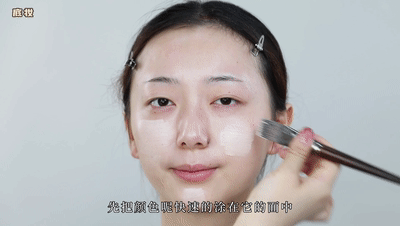
In the Zhenguan period, women commonly used white makeup, similar to how modern girls use BB creams and foundations. There were two types of powder commonly used during that time.
- One type was created by women who would soak, rinse, and repeatedly grind rice before adding spices to it. This natural powder was popular among women.
- The other type of powder, known as “Qianfen (铅粉, lead powder)” was made from chemical substances such as lead powder. This powder had a strong bonding effect when applied to the skin.
What's the trendy makeup style from modern China?Why Do Chinese Women Paint Their Faces White?
The tradition of Chinese women painting their faces white can be traced back to ancient times and is influenced by cultural and historical factors.
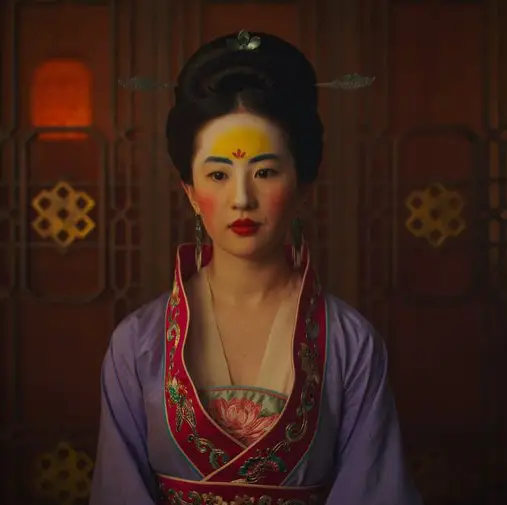
Here are a few reasons why Chinese women have traditionally painted their faces white:
- Symbol of Beauty and Elegance: In traditional Chinese culture, pale skin has long been associated with beauty, femininity, and a higher social status. Light or white skin was seen as a desirable trait and a symbol of elegance and refinement.
- Historical Significance: The preference for fair skin can be traced back to ancient China when women from the upper classes would avoid sun exposure as it indicated they did not have to work outdoors like laborers. It became a symbol of privilege and societal status.
- Traditional Aesthetic Standards: Chinese culture has historically valued a “yin” aesthetic, which includes attributes like paleness, delicacy, and softness. A white face was considered a reflection of these qualities.
- Historical Influences: Chinese cultural influences, such as those from the Tang Dynasty and Japanese geisha culture, also emphasized pale skin as a standard of beauty. These influences further reinforced the practice of painting faces white.
It’s important to note that beauty standards can vary across cultures and change over time.
While the preference for pale skin is still present in certain contexts in China, modern beauty ideals have become more diverse and inclusive, embracing different skin tones and styles.
Mulan White Face
Why Does Mulan Paint Her Face White?
The influence of Tang Dynasty women’s makeup on Geisha makeup(Japanese White Face Makeup) is often considered the root, although Geisha makeup has evolved into its own distinct style over time.
(Disney didn’t know the difference between Chinese and Japanese culture and didn’t bother to do proper research on Mulan.)
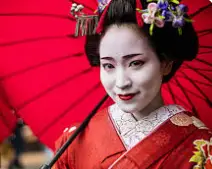
The Tang Dynasty in China can be compared to the era of Louis XIV in France, characterized by extravagance and flamboyance, primarily among the wealthy and aristocrats. Tang Dynasty women’s makeup was similarly elaborate, although it may not align with modern beauty standards.
The use of white powders on the face, initially made from rice powder but later incorporating lead, was a popular trend. Additionally, incense was sometimes added to create a perfumed effect.
The trend of Tang Dynasty makeup likely spread to Japan through ambassadors, traders, and students, and eventually made its way to Europe through colonial influences. It became associated with the idea that when people from historical East Asian cultures, such as Chinese, Japanese, or Korean, wanted to appear formal, they would wear heavy white makeup.
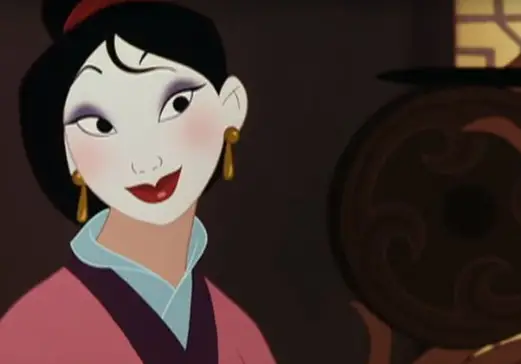
It’s worth noting that the original Ballad of Mulan predates the Tang Dynasty by about 500 years. Mulan herself would have been from the Xianbei people, nomadic tribes from Inner Mongolia and northern China, and not associated with the Fujian Tulou structures or the fashion of the white face from Tang Dynasty.
The portrayal of a matchmaking “evaluation” in the Disney versions of Mulan is fictional, as historical matchmakers typically visited individual homes. Mulan would have likely possessed basic riding and shooting skills already, given her nomadic background.
To summarize, many aspects depicted in the Disney versions of Mulan do not accurately represent historical facts.
FAQ:
In Chinese White Face Makeup, colors are used strategically to convey symbolic meanings associated with the characters. While white serves as the predominant color, other colors are also utilized. Here are some common color meanings:
White: White symbolizes purity, innocence, and nobility. Characters with predominantly white makeup often represent virtuous, divine, or higher-ranking roles.
Red: Red represents bravery, loyalty, and heroism. It is commonly used
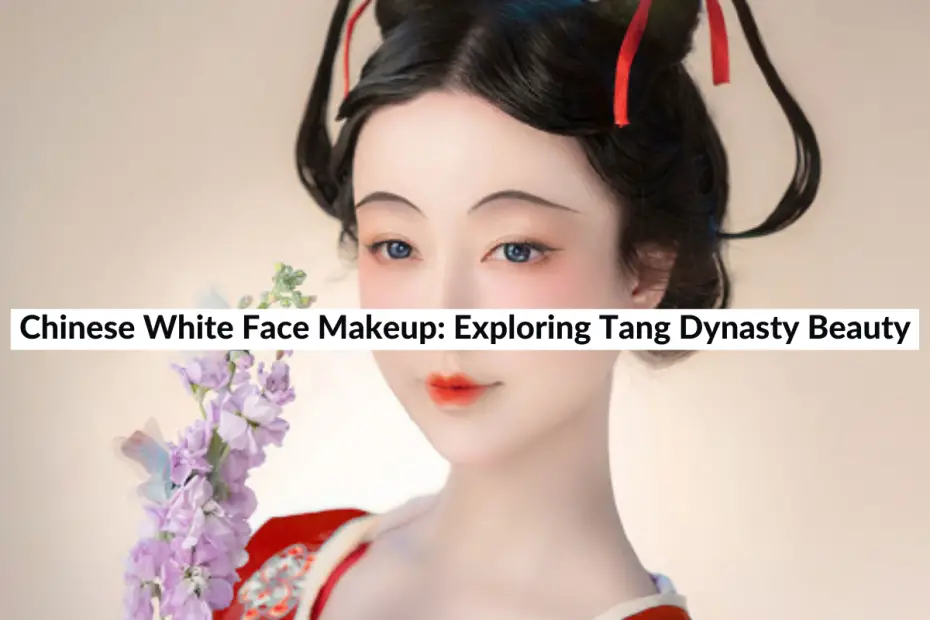


I understand the history, but why is there a need for white makeup in 2023, when beauty is acknowledged in all colors?
It’s an interesting point you bring up. For Chinese is just about reviewing and making young Chinese aware the old beauty style we had. Part of cultural pride education.